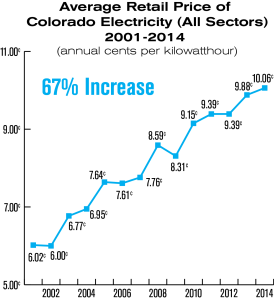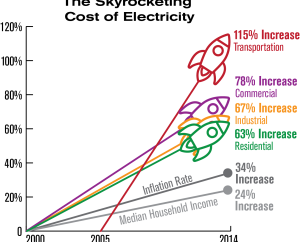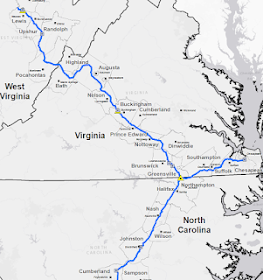Many food chains occur in an environment, but they are not autonomous of one another. In an ecosystem, one creature does not rely entirely on another. The resources are distributed especially at the start of the chain. Many insects, birds, mammals, and fish consume marsh vegetation, and some of the animals are devoured by multiple predators.

Like, mice are occasionally eaten directly by owls rather than snakes. This form of interdependence connects all members of the community. Food chains get connected in this way. A food web is a collection of interconnected food networks. The food chain helps to keep the environment stable. The more alternate channels there are, the more stable the community of living things.
Ecological pyramid:
The ecological pyramid may be used to depict the trophic structure of an ecosystem. A significant portion of the potential energy is wasted as heat at each stage of the food chain. As a result, species at each trophic level transfer less energy towards the next level of the hierarchy than they receive. This decreases the number of stages in any food chain to four or five. The longer the food chain, the less Electricity Rates is accessible to the last individuals. The ecological pyramid is generated as a result of the tapering down of accessible energy in the food chain. The steeper the step in the ecological pyramid, the fewer individuals there are and the greater their size.
C.E. Elton proposed the concept of ecological pyramids (1927). There are several kinds of ecological pyramids. An ecological pyramid has a producer level at the bottom and succeeding layers at the top. Three types of pyramidal relationships may be seen among species at distinct levels of the ecosystem.
These are the following:
Numbers pyramid:
It represents the number of persons in different arrangements of producers and consumers in an ecology. The most common producers are displayed at the bottom of the pyramid. The number of species decreases fast in the successive stages of consumers until there are only a few carnivores.
An ecosystem’s number pyramid suggests that a big number of main consumers consume a vast group of producers. These main consumers are eaten by a relatively limited number of secondary eaters, who in turn are eaten by just a few tertiary eaters.
The Pyramid of Biomass of organism
The live weights or biomass of the components of the food chain present at any given time comprise the pyramid of energy of organisms. This shows the overall bulk of organisms or fixed energy present at one moment, as measured by weight or other materials. The biomass pyramid depicts the decline of biomass within every trophic level from bottom to apex, e.g., the total biomass of producers exceeds the total biomass of herbivores.
Pyramid of energy
The energy pyramid represents not just the quantity of total energy used by species at each trophic level of the food chain, but also the actual involvement of specific organisms in energy transmission. The overall energy at the producer level will be substantially more than the energy at the subsequent higher trophic level.
Although certain producing species have little biomass, the total energy they digest and transfer to customers may be more than that of species with considerably higher biomass. Higher trophic levels use energy more efficiently, yet significant heat is wasted during energy transmission. Energy loss through respiration increases gradually from the lowest to higher trophic levels.






